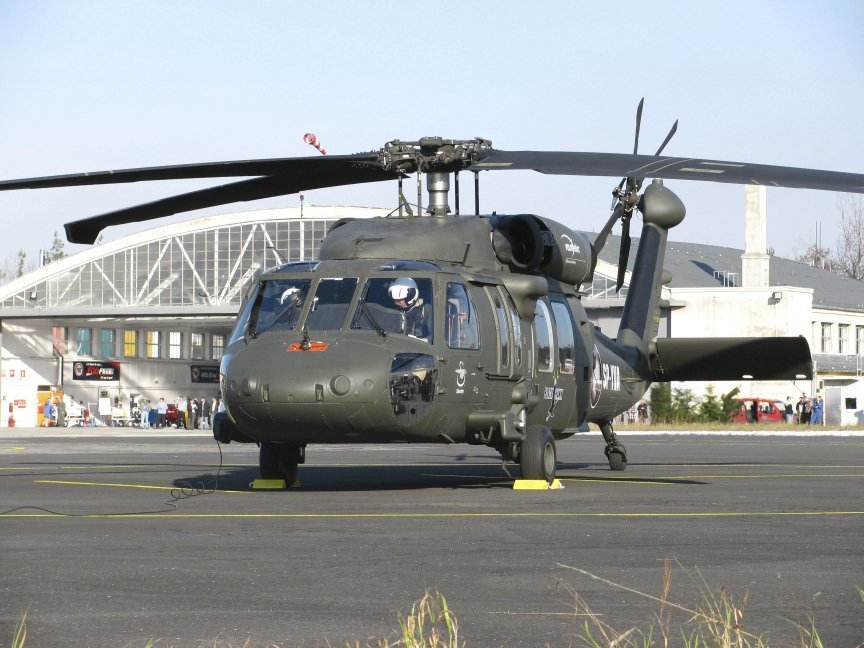The Sikorsky S 70 Helicopter: A Deep Study Its Style and Performance
The Sikorsky S 70 Helicopter: A Deep Study Its Style and Performance
Blog Article
Modernized Vertical Lift System With Advanced Compound Frameworks and Boosted Precaution
In the realm of vertical lift platforms, a considerable shift towards innovation has actually been observed, driven by the combination of innovative composite structures and increased safety and security measures. In discovering the convergence of technology and safety in contemporary lift platforms, an engaging story arises, showcasing the capacity for transformative advancements that provide to the ever-evolving demands of industrial sectors.
Development of Vertical Lift Platforms

The development of vertical lift platforms can be mapped back to fundamental pulley systems and early lift layouts. In time, technologies such as hydraulic systems, electric motors, and advanced control systems have vastly improved the efficiency and safety of these platforms. Producers have actually likewise concentrated on enhancing the stability, reach, and load-bearing capacities of upright lift systems to satisfy the diverse requirements of different markets.
Additionally, the assimilation of wise modern technologies like sensors, IoT connectivity, and automation functions has actually further transformed the abilities of contemporary upright lift systems. These technological enhancements not only improve functional efficiency yet additionally make certain heightened safety requirements for employees utilizing these systems at different elevations. The continuous development of vertical lift platforms emphasizes their crucial duty in improving vertical movement across industries.
Combination of Advanced Composite Frameworks

Moreover, the use of sophisticated composite materials permits for even more facility and maximized architectural layouts, making it possible for designers to customize the platform's homes to satisfy certain performance demands. Overall, the consolidation of innovative composite structures in contemporary upright lift systems stands for a substantial innovation in aerospace innovation, leading to more effective, reputable, and safer aerial transport systems.
Boosted Safety And Security Measures Application
Carrying out enhanced precaution is necessary in ensuring the optimal efficiency and reliability of modern-day upright lift systems. These steps incorporate a series of techniques aimed at mitigating dangers and enhancing total security requirements. One key facet of boosted security steps is the integration of innovative sensor innovations to check various parameters in real-time. By making use of sensing units for features such view website as architectural health surveillance, load monitoring, and environmental sensing, possible hazards can be determined early, enabling for aggressive upkeep and restorative actions.

Sector Applications and Benefits
With advancements in modern technology and engineering, improved upright lift systems have located varied applications across different markets, offering significant advantages in efficiency and performance. The building industry advantages from vertical lift systems by making it possible for employees to accessibility raised areas safely and efficiently, boosting total job timelines.
Additionally, upright lift systems play a critical role in the repair and maintenance of infrastructure such as bridges, high-voltage line, and buildings, permitting service technicians to reach inaccessible areas easily (sikorsky s 70). The air travel sector likewise leverages these platforms for airplane upkeep and setting up tasks, improving process performance and ensuring employee safety and security at elevations. In general, the widespread fostering of up-to-date vertical lift platforms throughout sectors emphasizes their versatility and the considerable renovations they offer numerous procedures
Future Trends in Lift System Technology
Incorporating advanced automation and smart functions, lift system technology is poised to transform upright transportation systems in the future. One essential fad is the combination of Net of Points (IoT) modern technology, enabling lift platforms to interact real-time data for anticipating maintenance, optimizing efficiency, and boosting security. Artificial intelligence and about his artificial intelligence formulas are likewise being integrated to examine patterns, forecast possible concerns, and improve performance. Additionally, making use of advanced materials such as carbon fiber composites gets on the rise, offering raised resilience and toughness while decreasing overall weight. Enhanced precaution, consisting of biometric verification and emergency situation reaction systems, are becoming standard attributes to make certain passenger protection. In addition, modular layouts and customizable setups are gaining popularity, enabling higher adaptability to different environments and demands. As lift platform technology proceeds to advance, these trends are readied to form the future of vertical transport, making it extra effective, risk-free, and user-friendly.
Verdict
In final thought, the modernized upright lift platform showcases the advancement of innovation in the sector. By integrating sophisticated composite structures and enhanced safety and security actions, this system supplies enhanced efficiency and safety for different applications. The industry can profit considerably from these improvements, and future trends in lift system innovation are likely to continue surpassing these advancements for even higher success and effectiveness.
In the world of upright lift platforms, a significant shift in the direction of modernization has been observed, driven by the combination of advanced composite structures and enhanced security measures. The constant evolution of upright lift systems emphasizes their indispensable function in improving upright movement across markets.

The incorporation of innovative composite structures in contemporary vertical lift systems has significantly enhanced their structural stability and efficiency capabilities. By incorporating these sophisticated compounds into the style and building and construction of vertical lift platforms, suppliers can lower general weight, increase load-carrying capability, and boost the platform's longevity and longevity.
Implementing boosted safety measures is necessary in making certain the optimum performance and reliability of modern-day vertical lift systems.
Report this page